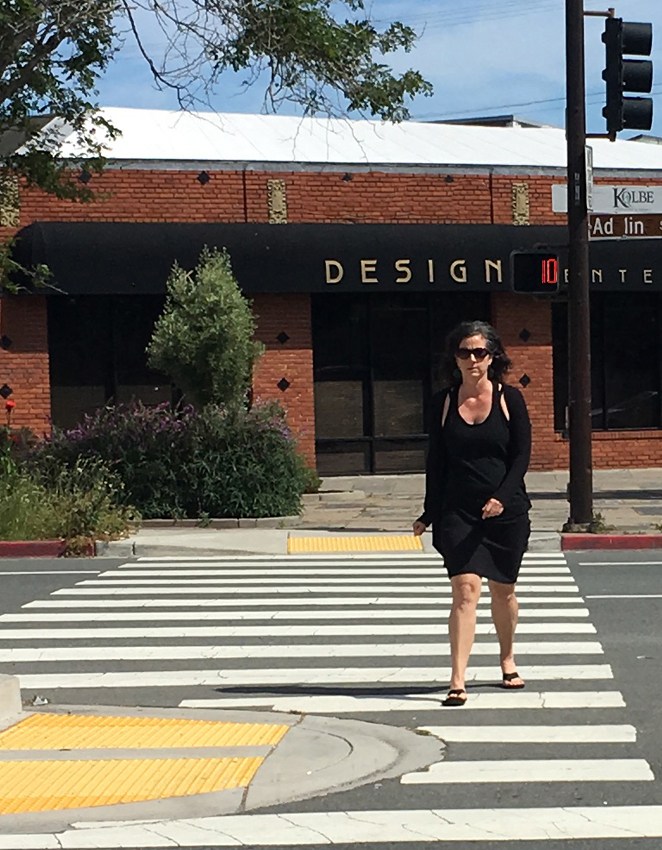A bill to correct the motor vehicle code and make it clear that pedestrians are allowed to use countdown signals the way they were intended has passed both houses of the legislature and is headed for the governor's signature.
This is good news. Streetsblog has been following the progress of A.B. 390, from Assemblymember Miguel Santiago (D-Los Angeles). The bill is now even better than it was, having cleared up some ambiguity. That is, A.B. 390 now clearly states that pedestrians may enter an intersection and cross during a countdown signal that is accompanied by a flashing hand signal or “Don't Walk,” as long as they reach the other end of the intersection before the hand or “Don't Walk” signal goes steady.
Most pedestrians assume that a countdown says, “this is how much time you have left to cross,” and most reasonably assume that if the countdown says, say, 15, they can judge for themselves whether that gives them enough time to cross. But police in some parts of the state, notably L.A., have been strictly interpreting the law according to how it was applied before countdown signal technology was invented. The LAPD issues thousands of citations annually to pedestrians who enter an intersection after the countdown started, no matter how much time the countdown displays nor how wide the intersection, and regardless of whether the person reaches the far end of the intersection before the flashing stops.
That kind of enforcement may look good on paper, but it causes useless difficulties and expense, with little to show for it. If the purpose of countdown signals is to increase pedestrian safety by giving them solid information to act on, then penalizing them for acting on that information is not an effective safety strategy.
Those citations, with all the added-on court fees, could cost up to $200, and even more can be added on if people can't afford the ticket. That is the kind of enforcement policy that can easily lead to serious policing issues like racial profiling and uneven enforcement--and is very unlikely to stop reasonable people from interpreting a countdown as what it is. Streetsblog L.A. and the L.A. Times have noted that the LAPD is enforcing their interpretation of the law largely in areas frequented by the low-income communities of color who predominantly use L.A.’s transit system.
The bill now goes to the governor's desk for his signature.






